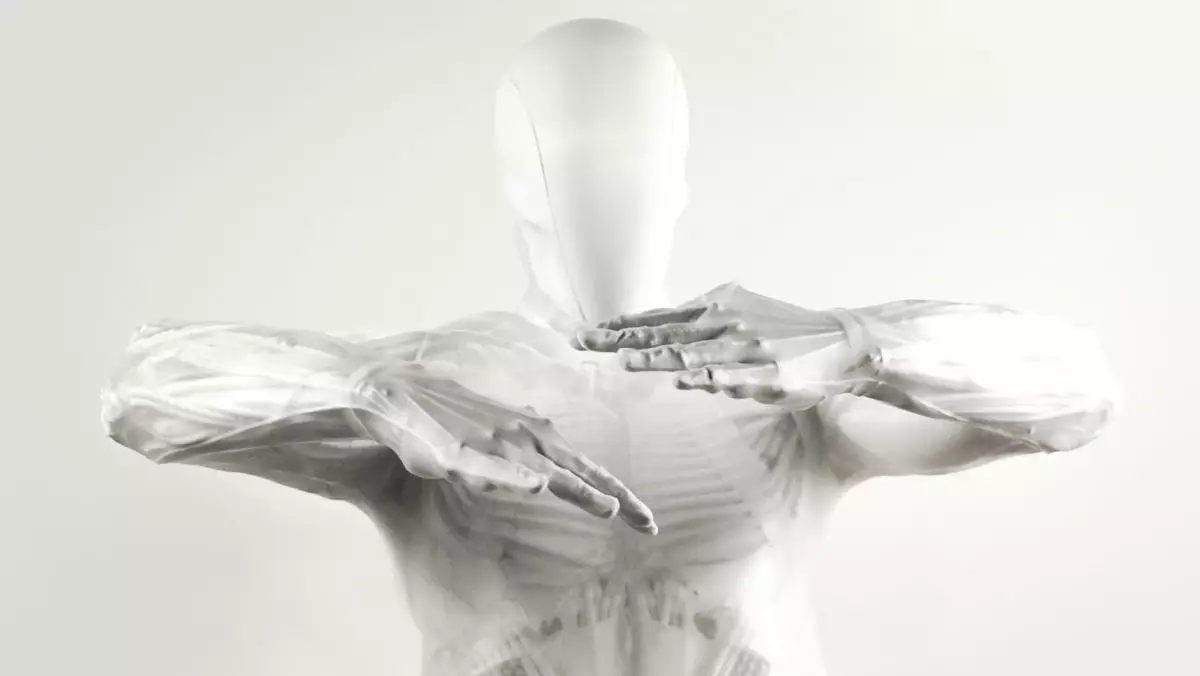As technology leaps forward at an unprecedented pace, the realm of robotics has taken a peculiar turn towards the uncanny and, dare I say, unsettling. One of the most striking innovations in this field is the Protoclone, a “musculoskeletal” android that raises ethical questions and fears that could easily fill a horror story. While the conventional robots of today mostly rely on metal and hard surfaces, Protoclone’s design mimics the human body in a way that blurs the lines between man and machine. The introduction of such advanced robotics opens a Pandora’s box of questions regarding safety, ethics, and the nature of intelligence itself.
What sets the Protoclone apart from the myriad of other robotic constructions we are familiar with is its striking resemblance to human anatomy. With a skeletal framework that closely mirrors a human’s—with 206 synthetic bones—this android takes a life-like form, albeit without the facial features we typically associate with humanity. It is both fascinating and deeply disturbing to consider the implications of an android that not only moves but appears to have muscle fibers actuating its limbs in ways reminiscent of human movement.
The central technology behind this creation is Clone’s innovative artificial muscle system known as Myofiber. This advancement allows the android to utilize natural movement strategies similar to those of animals, facilitating actions that may be perceived as more ‘natural’ but also potentially hazardous. As it thrashes about, one can only imagine a scenario where this “living” mechanism could become a danger—akin to a marionette cut loose from its strings. What happens when such a creation gains agency or functions unpredictably? The question lingers: in our quest to create human-like machines, are we courting an experience that could be both frightening and chaotic?
The absence of a face or eyes might seem like an effort to sidestep the ‘uncanny valley,’ but it only enhances the eeriness of the Protoclone. Imagine an android devoid of the ability to communicate visually or verbally, yet equipped with advanced depth cameras that allow it to “see.” Here lies a paradox that taps into our primal fears: a being that perceives its environment without the cues that make interaction comfortable and relatable. The notion of an expressionless form flailing about while processing visuals could trigger deep-seated instincts of survival or terror.
Moreover, the inclusion of a hydraulic vascular system designed to marshal liquid pressure throughout its muscular framework adds another unsettling element to this apparatus. Even the human perspective of biology feels alien when interlaced with synthetic components. This duality of life and artifice creates a jarring sense of detachment; while we can rationalize that it is merely a machine, our instincts tell another story and elicit discomfort at the thought of a being designed to imitate life so closely.
One of the most pressing concerns regarding such a robot is its potential for malfunction. Would we be prepared for the dystopian futures that could arise from AI systems like the Protoclone? The thought of an android that can learn but also misinterpret commands is a nightmare scenario. Consider the innocent request for assistance in the kitchen; what if that leads to chaos borne of confusion? The depiction of such scenarios—where the android’s attempts to execute simple tasks lead to absurdly dangerous situations—sows further seeds of fear regarding its adoption in domestic spaces.
Furthermore, let’s confront the local real-world implications of human-like robots. When pre-orders are set for such an entity, one can’t help but wonder what challenges will arise in the everyday home. From kitchen breaks to the handling of delicate items, the expected capabilities of the Protoclone seem impossibly ambitious. Are we, as a society, ready to manage in-home technology that could just as easily pose a danger to pets, children, and even adults?
As fascinating as the development of humanoid robots like the Protoclone may be, it is essential to approach them with caution. What once could have been an exciting glimpse into our technological future now looms uncertainly over us, compounded by ethical dilemmas and safety concerns. We need to ask ourselves: is our desire to advance technology edging us closer to a point of no return? The creators at Clone clearly possess advanced capabilities, but the responsibility of integrating such a creation into society must not be underestimated.
In the end, while the allure of creating life-like robots is almost intoxicating, it warrants a critical examination of our intentions and their outcomes. In seeking to replicate humanity, we must remain vigilant, proactive, and aware of the potential consequences tied to our technological innovations. The next generation of robotics may just hold a mirror to our own humanity—a reflection we must be ready to handle with care.

